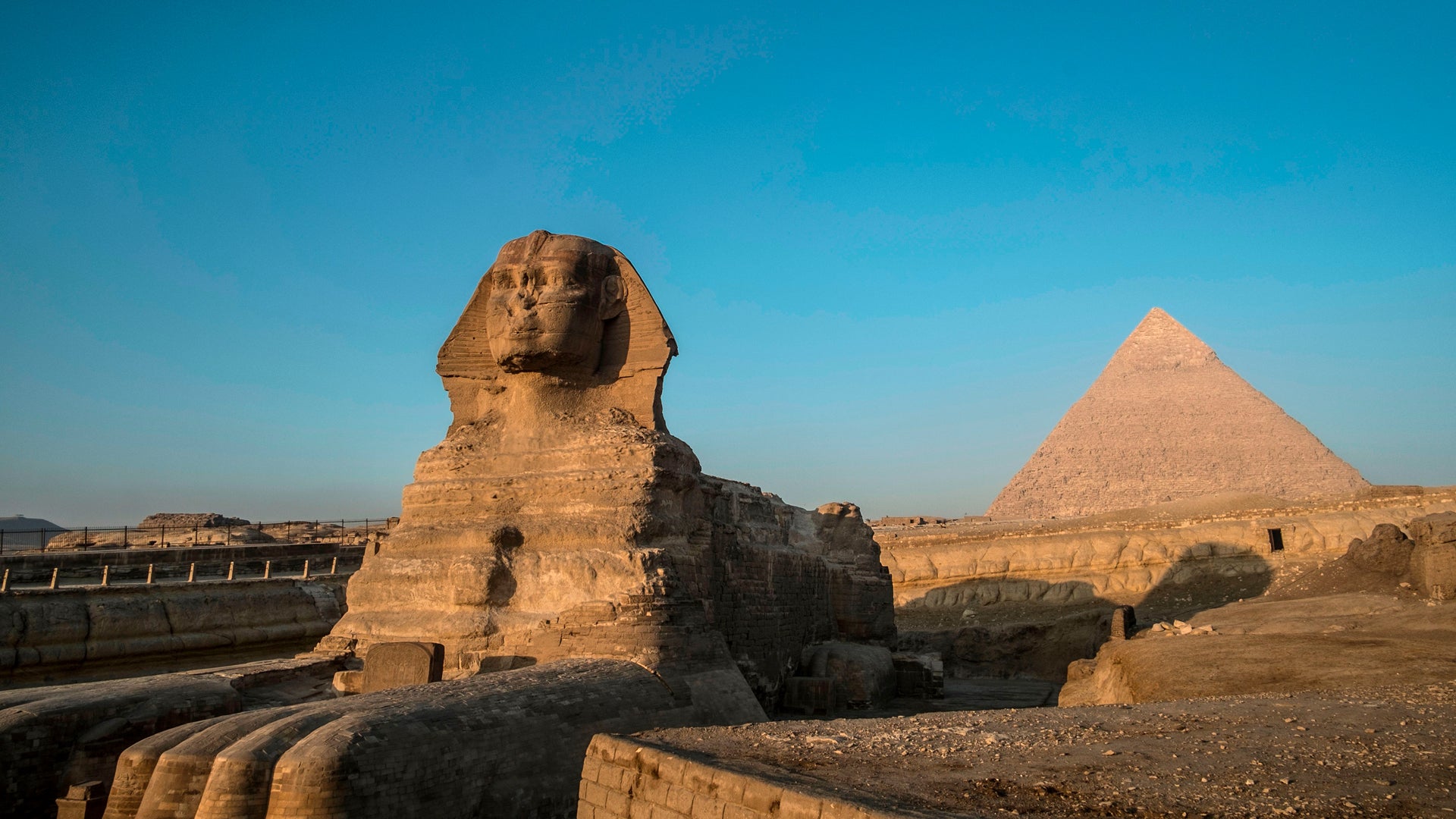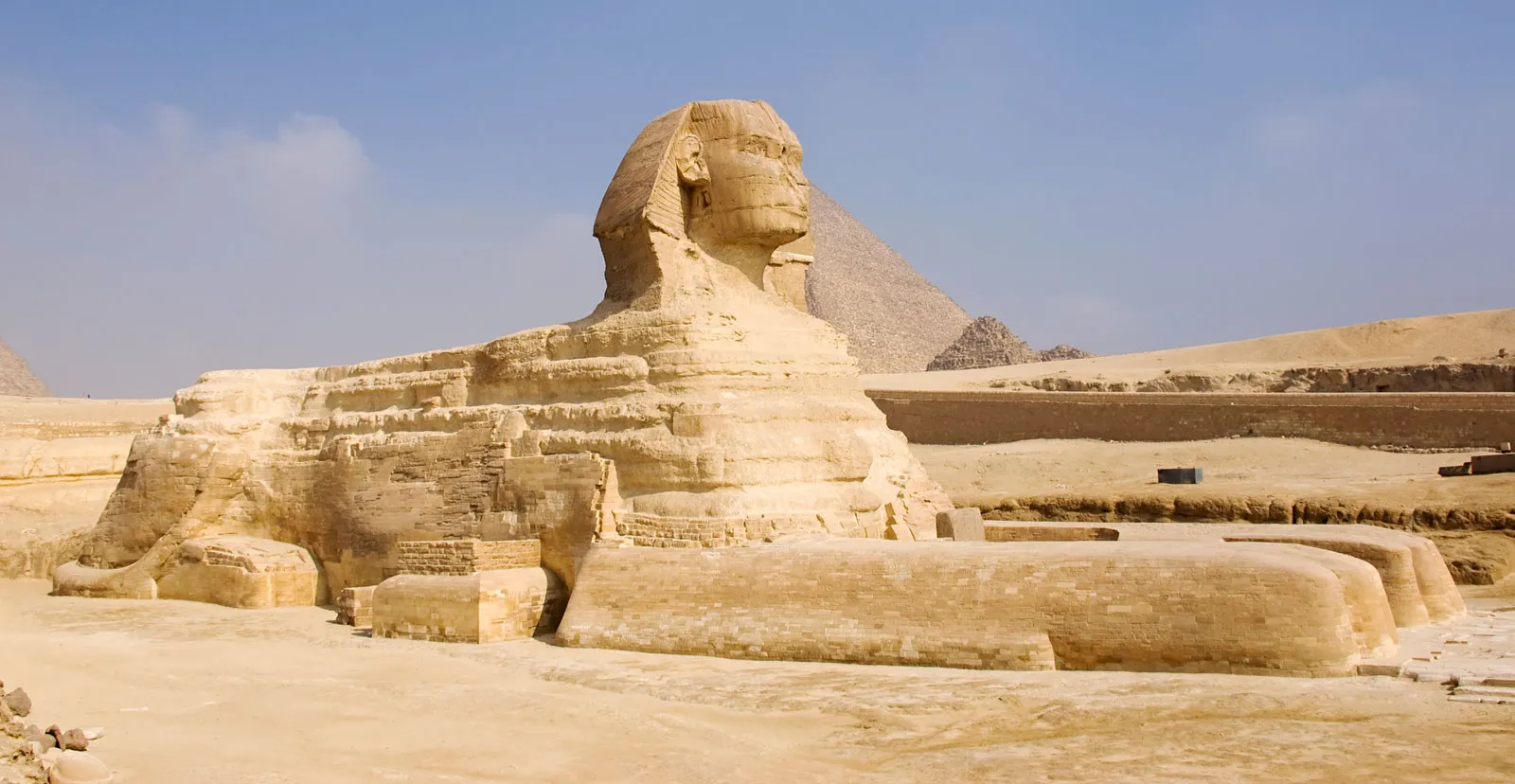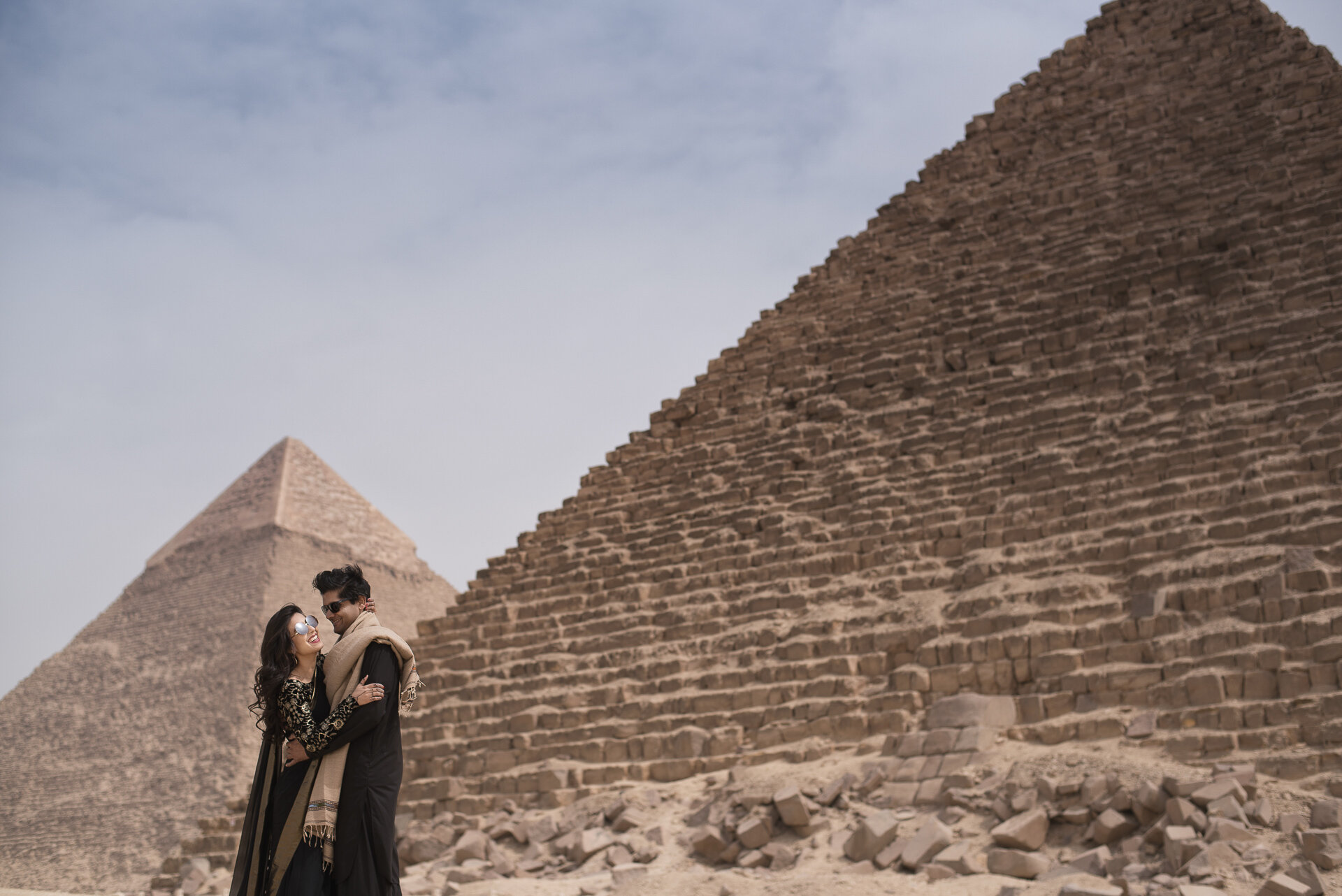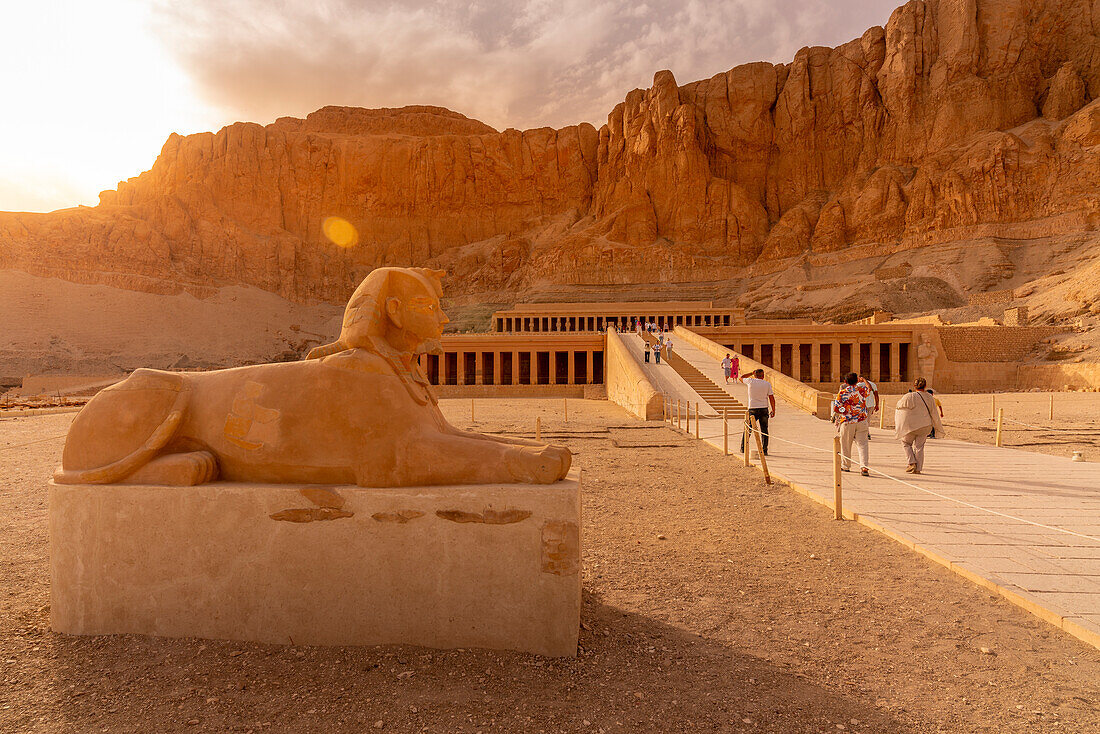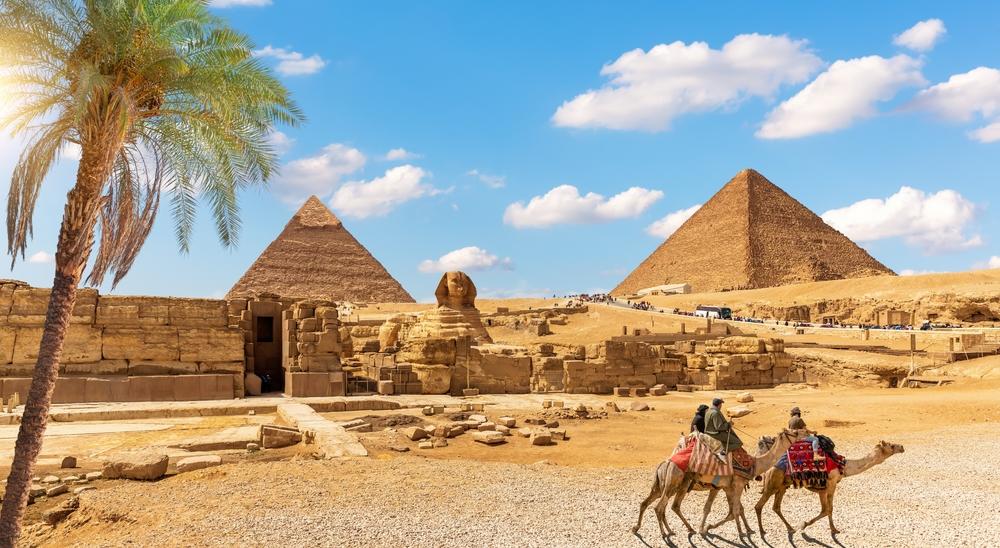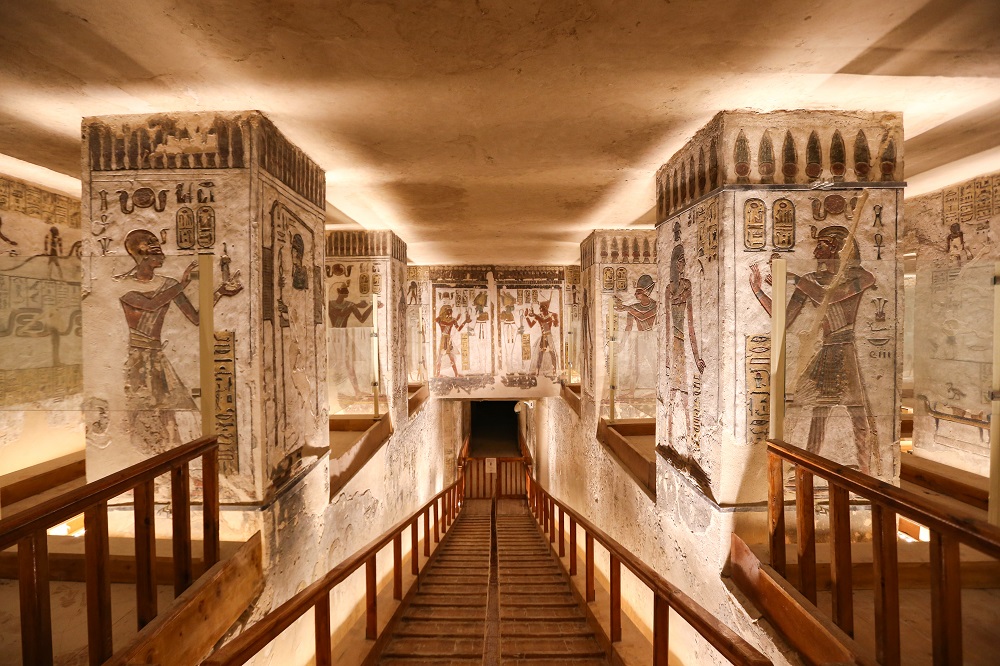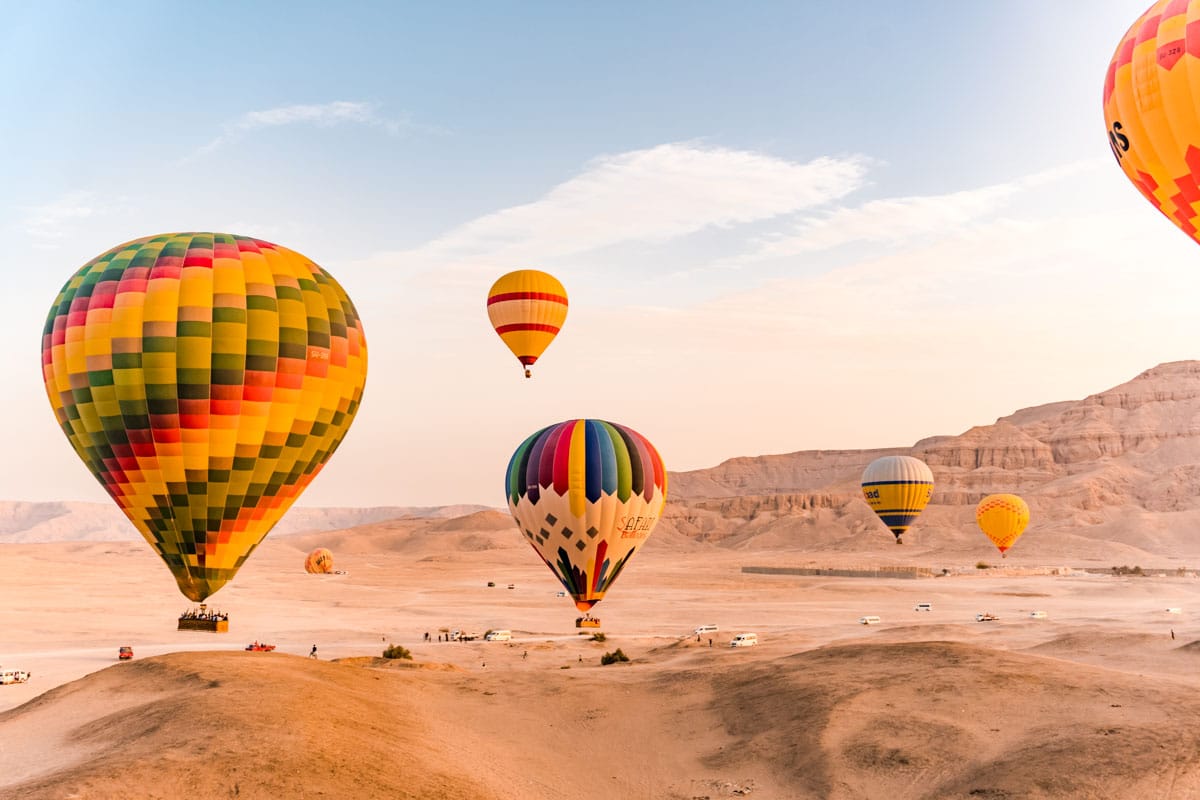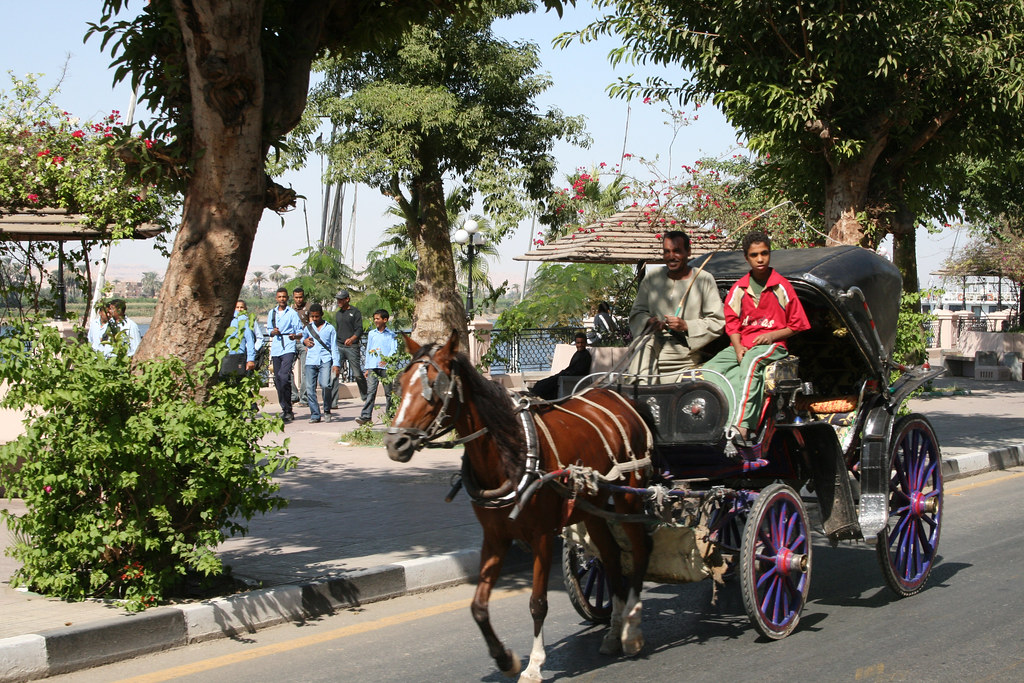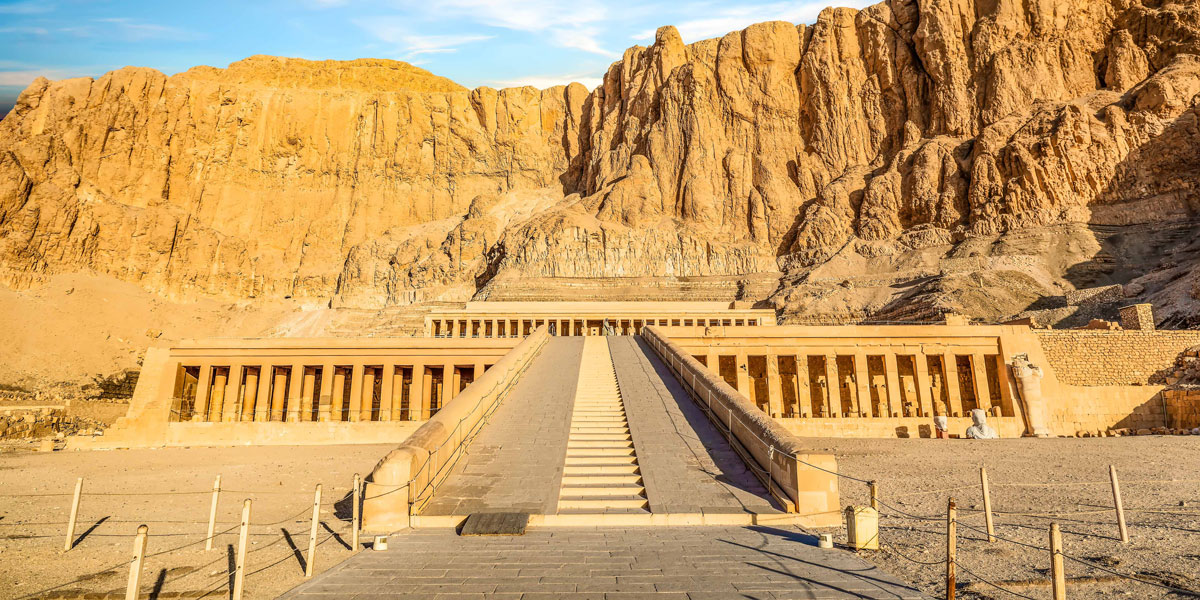Valley of the Kings
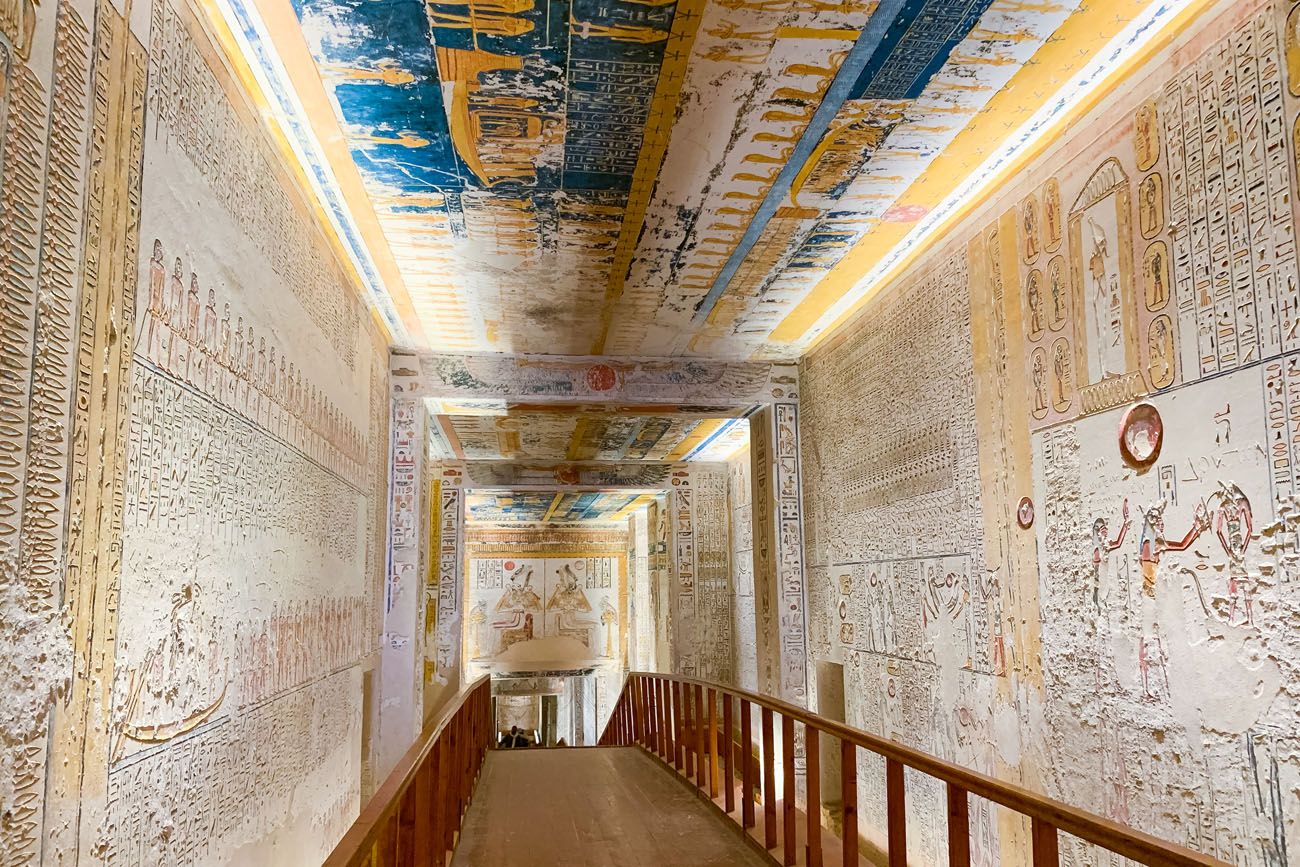
Valley of the Kings
Greetings, esteemed travelers! The Valley of Kings is located on the northwest bank of the Nile River. It is a place with rolling hills, desert shrubs, and cliffs made out of sandstone where you can find undiscovered sepulchers and shrines. According to popular belief, there used to be plenty of animals in such valleys which offered sustenance for carnivores such as alligators or scavengers like condors. Today, it is difficult to imagine how verdant and rich this region once might have been before its climate changed drastically.
Exploring the Valley of the Kings
The Valley of the Kings is located along the Nile River and given a name; it's on the west bank, not far from Luxor in Egypt. Visitors are taken aback by this extraordinary place that makes them feel like they were there in the olden days when kings ruled Egypt. From 1550 BC to 1070 BC, it underwent many changes that eventually took shape to become what we now see today as The Royal Cemetery for Pharaohs of New Kingdoms (1980 to 1770 AD). This expansive burial ground lying amidst a rough desert landscape served as a burial site for ancient Egyptian rulers from the 18th Dynasty through the 20th Dynasties. A Luxor day tour often includes a visit to this remarkable site, offering an immersive experience of the history and artistry of ancient Egypt. Spending time at these grounds will reveal their spiritedness, hence having our exhibit today on some artistic achievements of an ancient civilization that is among the best ever known.
Architecture and Artistic Wonders
On the other hand, the Valley of the Kings tombs are not just graves; they are elaborate works of art in their own right. Each grave has been designed with intricate passageways and rooms within them to keep safe even dead ones’ treasures from thieves who would steal them from their owners. There will also be beautiful paintings plus hieroglyphics covering these walls describing how they journeyed during the afterlife or met gods or mythological beings while alive people who were rich enough to afford such things as walls decorated so, even when a person died had to fear being taken those possessions away by prodigal vans. In addition to being attractive pieces meant to amuse one’s eyes, these images largely influenced our comprehension of ancient Egyptian religious traditions.
The History of the Valley of the Kings
The Valley of the Kings includes powerful nobles and New Kingdom pharaohs from about 1550 BCE to 1070 BCE. A shift from the pyramid to rock-cut tombs presents a greater preoccupation with security and concealment: the valley was considered to offer more protection against tomb robbers because it is remote and rugged. It is among those places that constitute Luxor attractions, being very important to understand the greatness of Ancient Egypt, along with other main sites such as the Karnak Temple and the Temple of Hatshepsut.
The Valley of the Kings originally served as the royal burial ground for some of the most famous rulers of Egypt, including Tutankhamun, Ramses II, and Seti I, during the 18th to 20th Dynasties. Apart from being enormous, the tombs are designed and painted so magnificently that they depict the journey of their masters through the afterlife, based on their strongly ritualistic belief in performing good scrolls and offerings that would ensure the safe passage of the deceased to eternity. The beauty of the art and craftsmanship within these tombs is among the finest examples of ancient Egyptian art combined with religious symbolism.
With the end of the New Kingdom, the use of the valley fell off and a lot of the tombs were looted. It was only in the 19th and 20th centuries, with large archaeological discoveries in the area, that interest was again directed towards the region. It was Howard Carter's discovery of Tutankhamun's tomb in 1922 that brought interest to a global scale. At the moment, the Valley of the Kings has achieved the position of a UNESCO World Heritage Site, and there has been extensive conservation of the site dedicated to the rescue of the ancient treasures found over there. It is done for posterity's sake and serves as a means of educating the general public regarding the cultural heritage of Egypt.
Top Tombs to Visit in the Valley of the Kings
In the Valley of the Kings lie some stunning tombs; let us look at the best and the most interesting in terms of what they inform us regarding the ancient Egyptian burial practices and life as a royal. These tombs are often featured in Egypt classic tours, offering a comprehensive exploration of ancient Egypt's rich heritage. Here are some of the many special tombs:
1. Tutankhamun's Tomb
The Tomb of Tutankhamun by Howard Carter, discovered in 1922, is perhaps the most famous in the Valley of the Kings. Although the area of the tomb was comparatively small in contrast with other royal tombs, its discovery yielded a treasure trove of unmatched artifacts, including the world-famous gold mask of the young pharaoh himself. The well-preserved contents of the tomb offer invaluable insights into the art and daily life of the 18th Dynasty.
2. Tomb of Ramses VI
The tomb of Ramses VI is highly renowned for its magnificent and very well-preserved work. The walls of the inside of the tomb are decorated with representations of scenes from the Book of the Dead and from the world beyond. One of the most beautiful points in this tomb and one of the explanations of the pharaoh's way to the afterlife can be seen in the magnificent ceiling with astronomical decorations.
3. The Tomb of Seti I
The tomb of Seti I holds some of the most beautiful decorations within the Valley, having a very extensive number of very detailed wall paintings, representing various gods and different stages in the journey of the pharaoh to the afterlife, together with scenes from the Book of Gates. The extent of the grandeur and high-quality art makes it something not to be missed on a visit.
4. The Tomb of Ramses III
The tomb of Ramses III is renowned for its great size and quality of decoration. All scenes are well-preserved and depict the journey of the king through the afterlife, including various deities and mythological themes. The colors are vivid, and the work is so detailed that the visual experience is really rich.
6. Tomb of Amenhotep II
This tomb, also known as the "Tomb of the Double," is an example of fine decoration, because most of the mummified bodies of Amenhotep II himself can be found. The artwork in the tomb comprises many scenes depicting the afterlife and offerings to the gods.
7. Tomb of Hatshepsut
Infrequently visited, the tomb of the female pharaoh, Hatshepsut, is central to the historical discourse. Architectural as well as decorative features in this tomb bring out the essence of a female pharaoh in a male-dominated set-up.
Valley of the Kings Travel Tips
The visit to the Valley of the Kings will elicit real amazement; the outline below represents an attempt at paraphrasing some tips which follow here to acquire supplemental experience there:
1. Plan Your Visit
Timings: The Valley of the Kings is open every day of the year. Still, it is best to go between October and April; in summer, the temperature gets extremely high, measuring over 40°C (>104°F). Many Egypt travel packages are designed to optimize your visit during these cooler months, offering a comfortable and enjoyable experience.
Hours of Operation: It opens early morning and closes late in the evening, in most cases, but check the timings before heading out.
2. Dress Sensibly
Clothing: Wear lightweight, loose-fitting clothes, modest enough for a country like this, and will protect your body from the sun. A hat and sunglasses.
Footwear: Strong, comfortable walking shoes are necessary since the ground might be uneven and one must do a fair amount of walking to see the tombs.
3. Bring Along Essential Gear:
Water: Take plenty of water since desert weather may be very dry.
Sun Protection: One should not forget sunscreen when going out because sunburns will occur if one is exposed out for a longer time.
Photography: Most importantly, photography is not allowed inside the tombs due to preservation reasons for ancient artworks; however visitors are free to take pictures outside the tombs as well as in the surrounding areas landscape points. Hence follow photography rules and regulations.
Best Valley of the Kings Tours
Luxor Day Tours include a deeper look at the Valley of the Kings, among other major attractions in Luxor, such as the Karnak Temple and the Temple of Hatshepsut. These tours usually involve the whole day's sightseeing and also an overview of the rich historical and cultural tapestry of Luxor over the period. It included a detailed explanation in A Trip to Luxor wherein guided commentary became an absolute help in understanding the importance of each place. It was one of the most perfect ways to experience more than a must-see site in just one day.
Privately Guided Tours-Individuals may have a more tailored experience to taste and pace for an individual or group. On a Things to Do in Luxor tour, undertaking these tours will enable deeper penetrations into the Valley of the Kings, zeroing in on particular tombs if preferred. Whether one is interested in general historical context or searching for answers to particular questions, a private tour allows for an intimate, customized experience and much deeper understanding of the treasures of the site.
Small Group Tours are composed of fewer travelers, these are more social and interactive compared to bigger group tours. Travelers will have a closer interaction with the guide in an intimate setting and explore the Valley of the Kings more relaxed. This format mixes structured direction from a group tour with a more individualized touch and, thus, caters to those guests who like meeting other travelers without sacrificing much time with huge crowds.
The luxury tours target clients who demand a superior feeling with high-class service and exclusive amenities. Luxury tours mostly entitle participants to their personal transportation, priority entrance into sites, fine dining options, and hotels of luxury standards. The luxury approach ensures comfort and indulgence with additional conveniences to complement exploring the Valley of Kings.
These historical and archaeological tours will give more emphasis to seeing the Valley of the Kings with seriousness and learned eyes. Others are conducted through Egyptologists, or experts in the history of Ancient Egypt, who will explain in detail the historical, cultural, and archaeological significance of the tombs. With so much detail on the art, hieroglyphs, and burial rites of the ancient Egyptians, the tours are best suited for history buffs with an academic interest in the site.
The sunset and evening tours thus emanate a specialness of their own in that they offer an opportunity to tiptoe into the Valley of the Kings during its lazy hours. With its exposed, empty dazzling tombs catching the golden sun of the afternoon, all in a state of picturesque disorder, they are at their best. Special access or long hours on a number of them enhance the visit's magical and tranquil dimensions.
The Valley of the Kings testifies to the artistic and architectural prowess of ancient Egypt. From its perfect tombs with onset colors all been drawn up by murals and their complex calligraphy lineages that still captivate historians, archaeologists, and tourists today. It always remains a potential source of Egypt's royal tradition and spiritual beliefs – as if it could take visitors to the time when people had someone ruling over them who was unimaginably powerful and therefore possessed great riches, leaving behind keys for anyone willing to know deeply about anything left behind by one of the finest ancient civilizations ever.
Egypt Tours FAQ
Of course, travelers must obtain a visa, which can be obtained upon arrival or online for some nationalities.
Egypt is generally safe for tourists and residents, and you should consult travel specialists to find out the best places to visit in Egypt.
The Egyptian pound (EGP) is the official currency in Egypt.
The language is Arabic, but in tourist areas English is widely spoken.
Egypt offers a range of tours, including historical, cultural, and adventure trips that cater to all interests
Yes, many Egypt trips are family-friendly, offering educational experiences and activities suitable for all ages.
Private Egypt tours can be easily booked through us, offering customized itineraries based on your preferences.
Guided tours in Egypt include a professional guide, who provides insight and comfort, while self-guided tours allow more flexibility but you won't get the information a tour guide gives you.
comfortable clothing suitable for the climate, sunscreen, and essentials for exploring historical sites






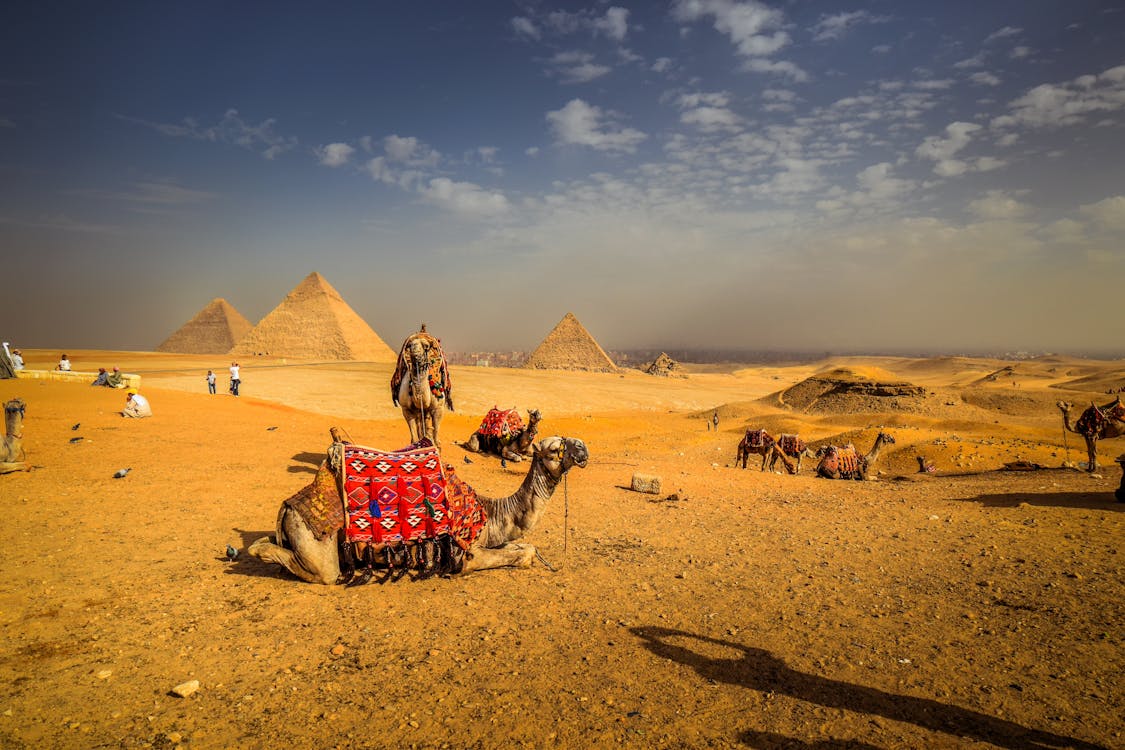
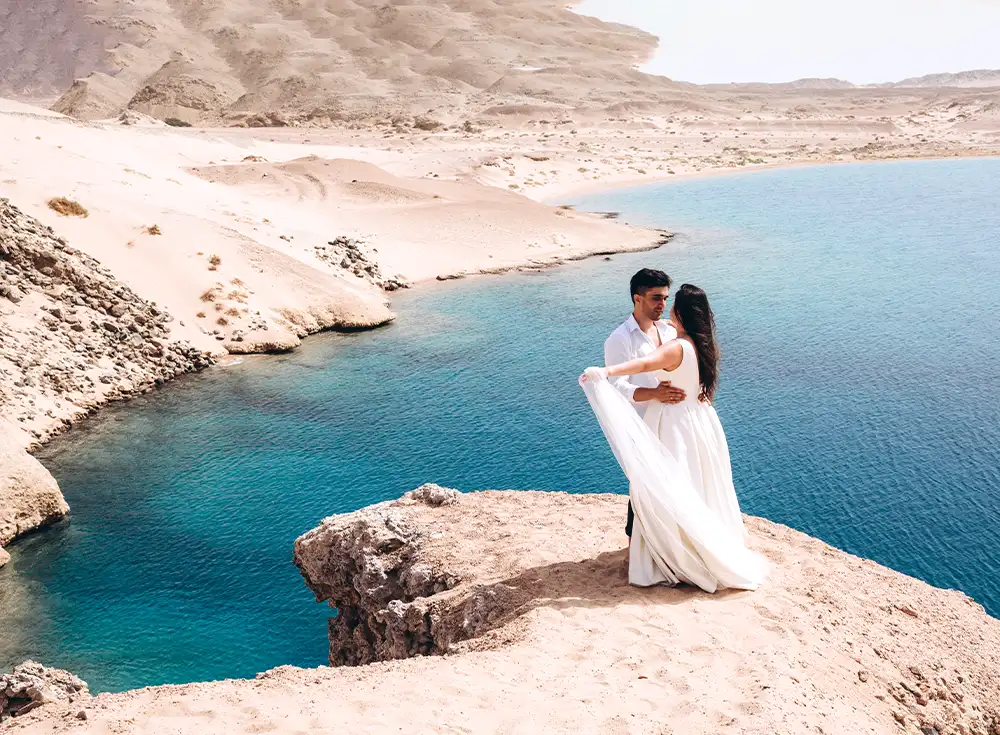
.jpg)
